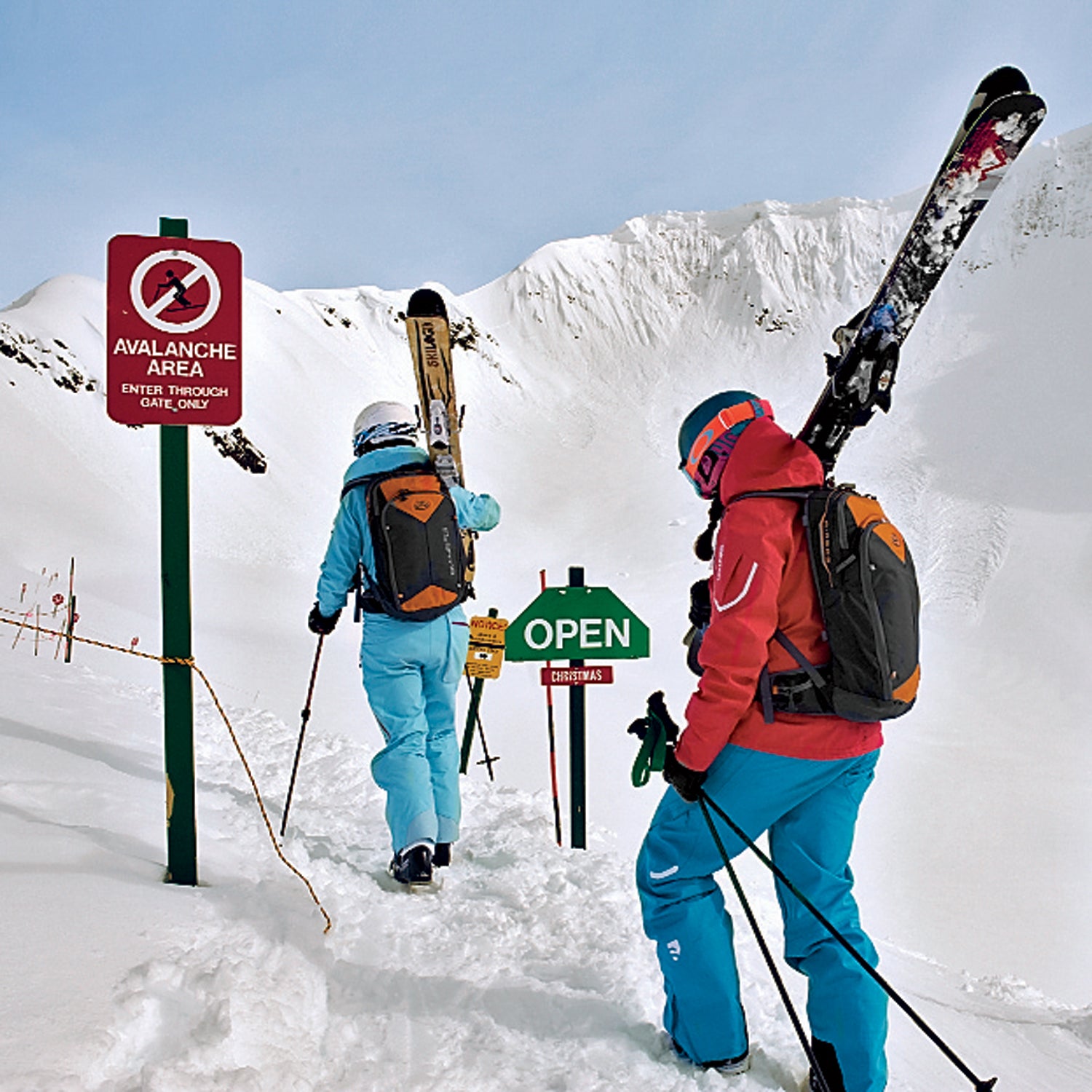Using tools from psychology and advertising, avalanche researcher Ian McCammon has spent the past 20 years analyzing what he calls the psychological terrain. The upshot: more accidents are due to decision-making errors rather than misreading the snowpack. How do you avoid these “heuristic traps,” as McCammon refers to them?
1. Everyone in your party should be educated. The has a list of accredited courses.
2. The night before entering the backcountry, check the local avy report and discuss possible routes, the weather, and the quality of the snowpack.
3. In the field, talk to one another about everything—your comfort level, how the snow looks, what effect the wind has had, and so on.
4. Discuss potential red flags you might be ignoring: Is the fact that you ski the run all the time providing a false sense of security? Is social pressure or a scarcity of good snow affecting your judgement?
5. Before you opt to ski a particular slope, make sure that everyone in your group is comfortable with the choice and knows the order you’ll ski in and the location of all safe zones.


